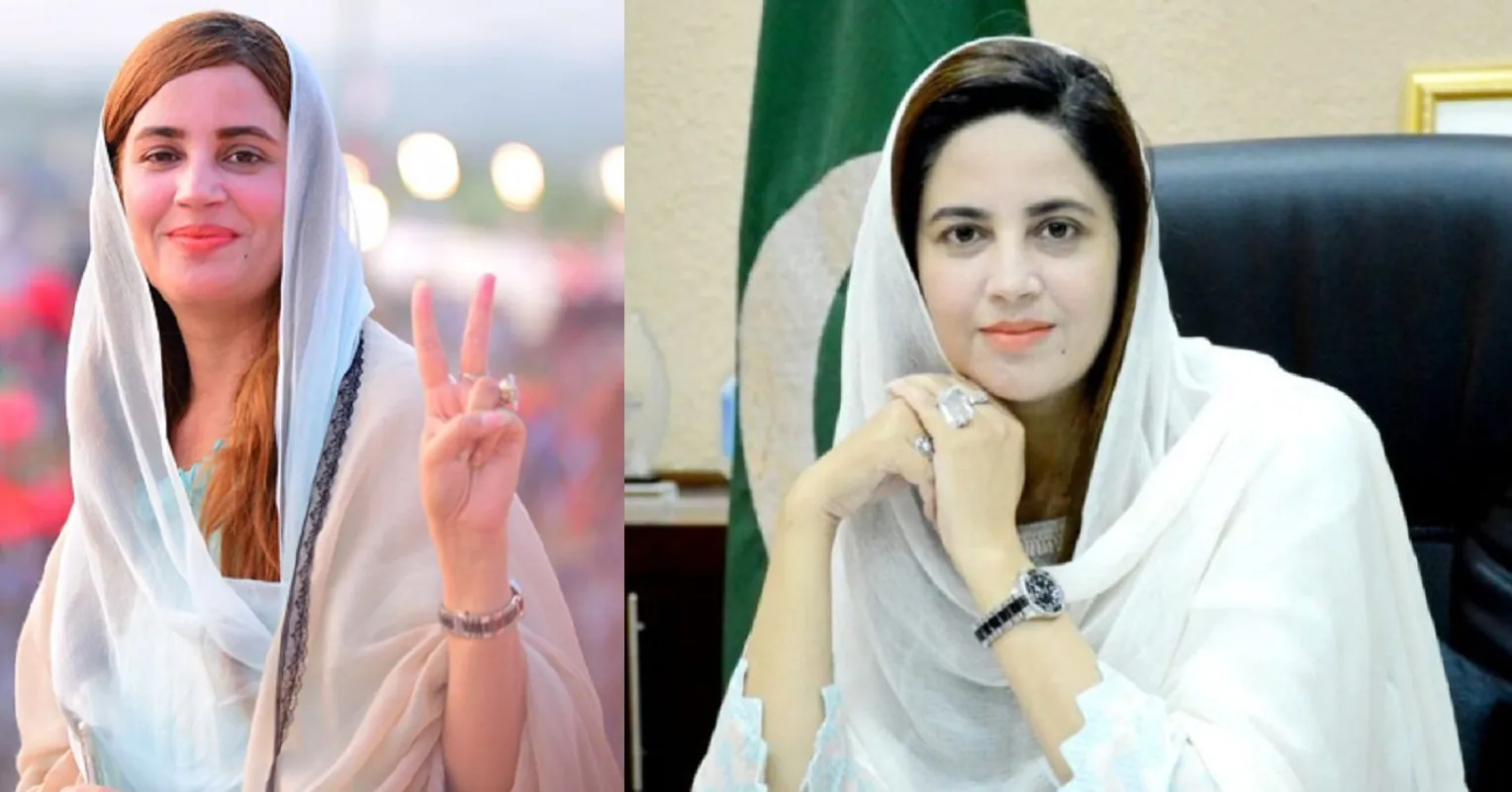Zartaj Gul, a notable figure in Pakistani politics as the Minister of State for Climate Change, is currently entangled in a controversy surrounding an alleged leaked video and MMS. This article explores the intricacies of the situation, focusing on the challenges of verifying digital content, the repercussions for political figures, and the imperative need for responsible journalism in the age of rapid information dissemination.
Early Life and Political Ascent:
Born on October 17, 1984, in Khyber Pakhtunkhwa, Zartaj Gul’s political journey began with her active involvement in Pakistan Tehreek-e-Insaf (PTI) and Insaf Student Forum (ISF) in 2005. Her educational journey, spanning Queen Mary College to the National College of Arts, laid the foundation for her multifaceted role as a Member of the National Assembly and the Minister of State for Climate Change since 2018.
The Alleged Leaked Video:
The focal point of the controversy is an alleged leaked video and MMS featuring Zartaj Gul. In the absence of verified authenticity, caution is warranted. Gul vehemently denies its legitimacy, attributing it to a targeted smear campaign. The situation emphasizes the crucial role of responsible journalism, urging reliance on credible sources to maintain the integrity of the narrative.
https://www.youtube.com/watch?v=eLFQA_1-7so&ab_channel=BoltaPakistan
Challenges in the Digital Era:
In an era marked by the swift dissemination of information through digital platforms, the Zartaj Gul controversy underscores the unique challenges faced by political figures. The potential ramifications of misinformation highlight the need for a discerning public and a journalistic ethos that prioritizes accuracy over sensationalism, even amidst the allure of viral content.
Striking the Balance: Privacy and Public Accountability:
The controversy prompts a broader discussion on striking a delicate balance between an individual’s right to privacy and the public’s expectation of transparency from public figures. As discussions unfold, engaging in informed discourse while respecting the boundaries between personal matters and those relevant to public governance becomes imperative.
Conclusion:
As the Zartaj Gul controversy unfolds, it serves as a microcosm of the intricate challenges faced by public figures in the digital age. The blurred lines between personal privacy and political transparency underscore the need for responsible journalism, critical thinking, and a nuanced understanding of the evolving dynamics surrounding political figures. Moving forward, an informed public and ethical journalistic practices will play pivotal roles in fostering constructive dialogues, ensuring accuracy prevails over sensationalism in navigating controversies of this nature.
